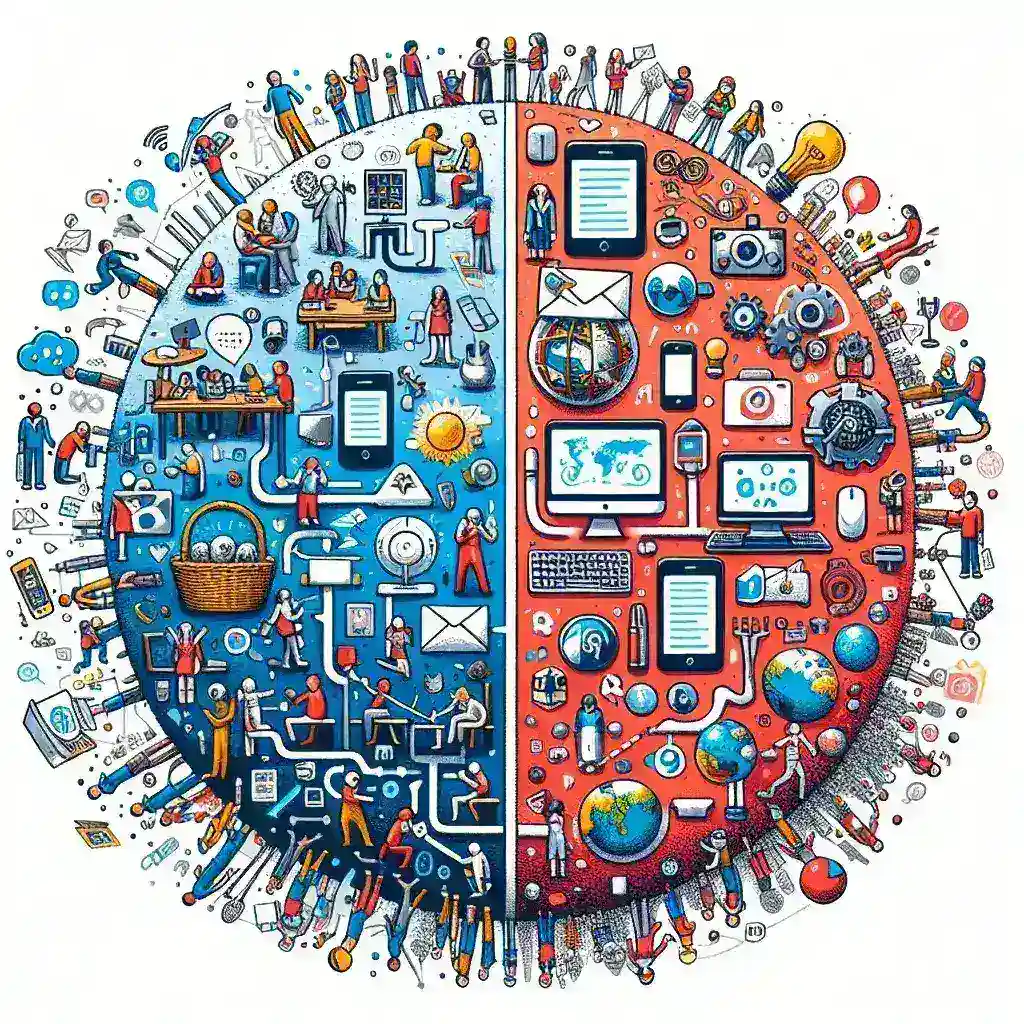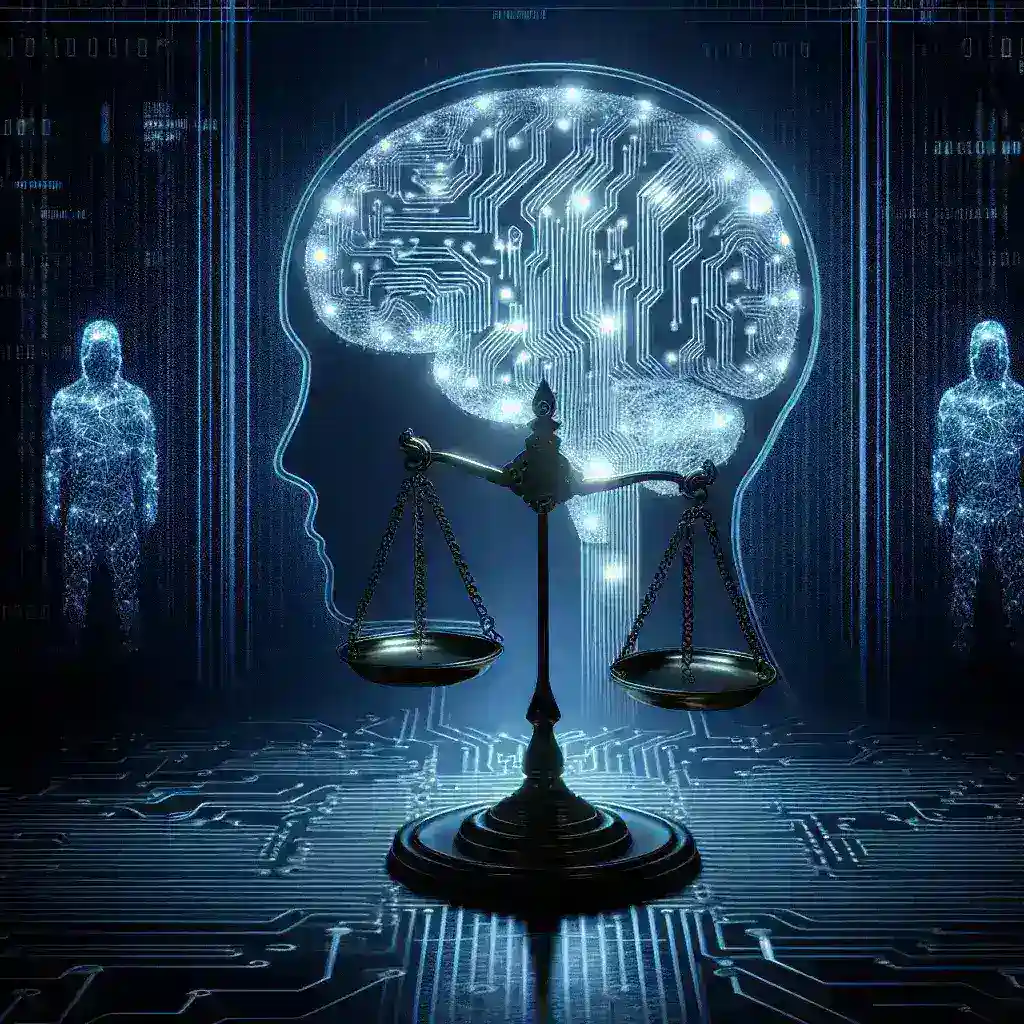The Evolution of Communication
Over the past few decades, technology has significantly altered the way we communicate. From the advent of the telephone to the rise of the internet, each technological advancement has revolutionized interpersonal interactions.
The Pre-Digital Era
In the time before digital communication, interactions were primarily face-to-face or through written letters and landline telephones. These methods, while authentic, had limitations in terms of speed and efficiency.
Digital Revolution
With the advent of email, instant messaging, and social media platforms like Facebook and Twitter, communication has become instantaneous. This shift has brought people closer, allowing for real-time interactions irrespective of geographical barriers.
Positive Impacts of Technology on Social Interactions
While there are numerous concerns about technology’s influence on social interactions, it’s essential to recognize the positive aspects as well.
Enhanced Connectivity
One of the most significant benefits is enhanced connectivity. People can maintain relationships over long distances and reconnect with old friends easily. Video calls, social media, and messaging apps allow for constant communication, fostering a sense of closeness.
Access to Information
Technology has democratized information. Social media and online forums provide a platform for sharing knowledge and experiences, leading to better-informed individuals and communities.
Support Networks
Online communities and support groups have flourished, providing spaces for individuals to discuss shared interests and seek advice. This is particularly beneficial for marginalized groups who might not have access to such support locally.
Professional Networking
Platforms like LinkedIn have transformed professional networking, allowing individuals to connect with industry leaders and discover job opportunities across the globe.
Negative Impacts of Technology on Social Interactions
Despite the numerous advantages, there are also several negative aspects to consider when assessing technology’s impact on social interactions.
Social Isolation
Ironically, while technology aims to connect people, it can also lead to social isolation. Excessive use of digital devices and social media can reduce face-to-face interactions, leading to feelings of loneliness and depression.
Case Study: Social Media Overuse
Studies have shown that individuals who spend a significant amount of time on social media platforms are more likely to experience social anxiety and loneliness. The curated nature of social media, where everyone seems to be living their best life, can also lead to feelings of inadequacy.
Distorted Reality
Technology can sometimes create a distorted sense of reality. The anonymity of the internet can lead to negative behaviors such as cyberbullying and trolling. Moreover, the spread of misinformation can foster distrust and division among communities.
Dependency and Addiction
Many individuals develop a dependency on their digital devices, leading to addiction. This can interfere with real-life interactions and responsibilities, adversely affecting personal and professional relationships.
Strategies to Mitigate This Impact
- Setting specific times for technology use can help manage dependency.
- Engaging in regular digital detoxes to reconnect with the real world.
- Encouraging face-to-face interactions to balance online communication.
The Role of Emerging Technologies
Emerging technologies like virtual reality (VR) and augmented reality (AR) are set to further revolutionize social interactions.
Virtual Reality (VR)
VR has the potential to create immersive environments where people can interact as if they were physically present. This could be particularly beneficial for remote work and social engagements.
Augmented Reality (AR)
AR can enhance real-world experiences by overlaying digital information onto our physical surroundings. This technology could transform social interactions in various fields, from education to healthcare.
Conclusion
Technology’s impact on social interactions is multifaceted. While it offers numerous advantages such as enhanced connectivity, access to information, and new forms of support networks, it also presents challenges like social isolation, distorted realities, and addiction. Understanding these dynamics is crucial for leveraging technology in a way that enriches our social lives while mitigating its adverse effects.




